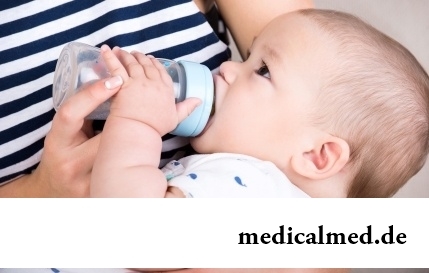





Dried apricots caloric content
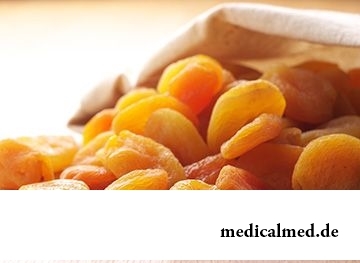 Dried apricots is the dried-up apricot, belongs to dried fruits. To make dried apricots, ripe fruits of apricots clear of stones and dry up in the sun within several days. In the course of drying its orange color can fade a little and even to get a grayish shade that speaks rather about natural process of drying, but not chemical treatment for giving of a trade dress in case of too bright amber and transparent fruits. From three-four kilograms of fresh apricots one kilogram of dried apricots turns out. Fruit loses water therefore the caloric content of dried apricots is much higher, than at an apricot.
Dried apricots is the dried-up apricot, belongs to dried fruits. To make dried apricots, ripe fruits of apricots clear of stones and dry up in the sun within several days. In the course of drying its orange color can fade a little and even to get a grayish shade that speaks rather about natural process of drying, but not chemical treatment for giving of a trade dress in case of too bright amber and transparent fruits. From three-four kilograms of fresh apricots one kilogram of dried apricots turns out. Fruit loses water therefore the caloric content of dried apricots is much higher, than at an apricot.
Dried apricots: calories
How many calories in dried apricots are important to know as thanks to useful properties of these dried fruits, they are recommended in many diets for completion of minerals and vitamins necessary for an organism and for normalization of work of the alimentary system.
On average in 100 g of dried apricots of calories about 240 contain. It is not a lot of, but also it is a lot of so it is not necessary to abuse it. The daily norm of dried apricots makes 4-5 pieces a day.
In 100 g of dried apricots contains on average:
- Proteins – 5.0 g;
- Fats – 0.5 mg;
- Carbohydrates – 62.5 g;
- Food fibers – 17.3 g;
- Organic acids – 1.5 g.
In spite of the fact that when drying some share of vitamins is lost, and dried apricots caloric content rather high, the maintenance of a large amount of cellulose and mineral substances, out-of-season availability of dried fruits are the important reasons for inclusion of dried apricots in the daily menu. Content of magnesium, calcium, phosphorus, iron and potassium in dried apricots is much more, than in fresh apricots. This product possesses good fortifying action and ability to bring out of an organism heavy metals and radionuclides as contains a lot of pectin, B5 vitamin and organic acids. Not so important, how many calories in dried apricots because its dietary properties are caused more by dominance as a part of potassium salts over sodium salts. And thanks to the high content of iron and potassium, it is useful at anemia and cardiovascular diseases, increases hemoglobin level in blood, promotes elimination of obstruction of blood vessels. Dried apricots is recommended also at a hypertension and diseases of a thyroid gland. And at migraine and catarrhal diseases acid grades of dried apricots which caloric content is slightly lower are quite effective.
At the daily use of dried apricots complexion, the general condition of skin and hair considerably improve. Due to high content of cellulose it very well clears intestines. Dried apricots is useful also at the weakened sight. And the soft diuretic effect of broth or infusion is used at diseases of kidneys.
High caloric content of dried apricots and sweet taste at it from a large amount of fructose, glucose and sucrose, the natural carbohydrates which are not increasing sugar level in blood therefore dried apricots is shown at a diabetes mellitus and obesity. Thanks to all useful properties, dried apricots can be used as a dietary product in fasting days.
Despite the dried apricots caloric content, broad application this sweet delicacy and in cookery found. It can be used and as a separate dish, and to use in various salads and desserts. Very well dried apricots is combined with fish or meat, rice.
Despite undoubted useful properties and not too high caloric content of dried apricots, in unlimited number it is not recommended to eat it after all. Concentration of substances in this product is quite considerable therefore maintenance of health requires its moderate quantity. So, celluloses in dried apricots at 9-10 times more than in apricots therefore the use of dried apricots in large numbers can cause a gastric disturbance and intestines. There are contraindications and for people with the lowered blood pressure.
At regular visit of a sunbed the chance to develop a carcinoma cutaneum increases by 60%.

Within several decades of our compatriots convinced that the use of butter nasty affects on...
Section: Articles about health
More than a half of the married couples which faced prostatitis – leave. The new broadcast "Female View of Prostatitis" will help to learn – whether you have or your relatives problems....
Section: Articles about health
Many parents of children at the age of 2-4 years face excessively whimsical behavior of the child. The kid exhausts constant crying and whims not only the parents, but also himself. In what the reasons of children's whims. And how to fight with them?...
Section: Slideshow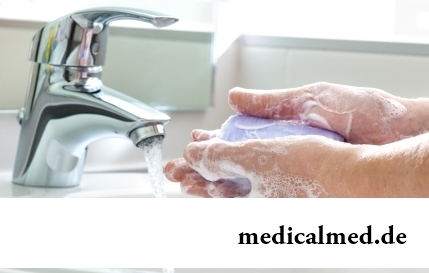
Helminthosis is one of the most widespread diseases. Statistically, with any species of helminths it is infected porridges...
Section: Articles about health
80% of women at least once to lives complained of discomfortable feelings to breasts, consolidations and nagrubaniye. These are mastopathy symptoms. The mastopathy is characterized by change of a ratio between ferruterous and connective tissue tissues of mammary glands. It can bring...
Section: Articles about health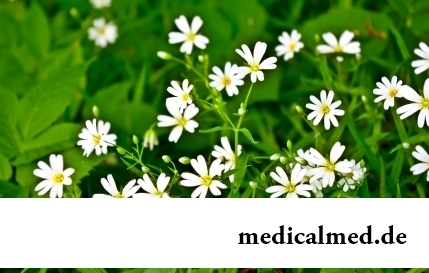
Wood louse – the ordinary-looking unpretentious plant extended in all territory of our country. It quickly expands, and sometimes fills sites, bringing a lot of chagrin to gardeners. Perhaps, they would be upset less if knew that the wood louse is valuable medicinal raw materials. A, C and E vitamins, organic acids, tannins, wax, saponins, lipids, mineral salts and essential oils are its part....
Section: Articles about health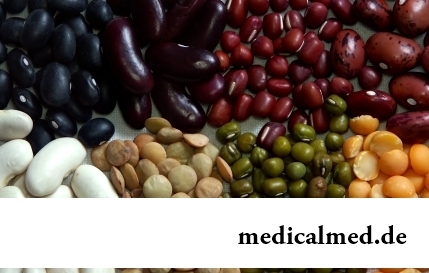
Ability of an organism to resist to adverse environmental factors (to impact of temperature drops, humidity and pressure...
Section: Articles about health
Dogrose – one of the most widespread adornment and medicinal plants growing practically in all territory of our country. To most of Russians it is a beautiful bush it is known, first of all, as a source of fruits, extremely vitamin-rich....
Section: Articles about health
Visit of doctors – business not the most pleasant, and many people do not hurry to undergo necessary planned inspections. Such behavior is extremely thoughtless and improvident. Our health is necessary not only to us: wellbeing of darlings, children, grandsons and aged parents directly depends on as far as we are vigorous and able-bodied. Therefore in time to be inspected – a duty of any modern person. Specialists consider that 7 regular surveys and di are especially necessary for women...
Section: Articles about health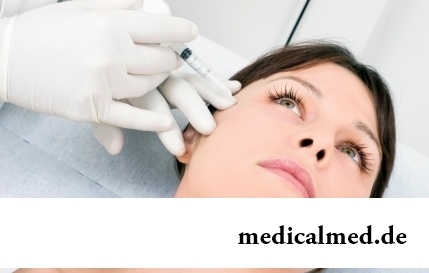
Eyes – one of the most vulnerable areas on a face therefore age changes concern them first of all. Whether it is possible to keep a pier...
Section: Articles about health
Healthy lifestyle today in fashion, and many parents think of that the child from the early childhood played sports. Trainings will help it to become strong and hardy, will improve coordination of movements, and also will exert positive impact on mentality: it...
Section: Articles about health
The depression not without reason is considered one their main troubles of our century: for scientific and technical progress, acceleration of rate of life and a surplus of information of people it is forced to pay with stresses, negative emotions and weakening of protective forces of an organism. As a result widely the states which are characterized by the increased uneasiness, falling of interest in life, spiritual and physical discomfort extend....
Section: Articles about health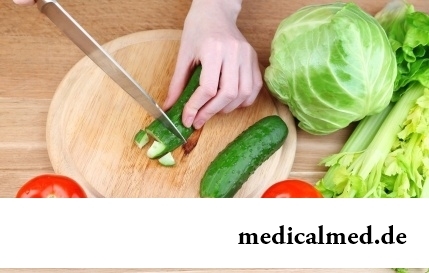
Very often as a source of the infection which caused a disease serves our house - the place which a priori has to be safe. However...
Section: Articles about health
What they, women? Beautiful, gentle, passionate and at the same time windy, gusty, and nervous. And what is stranger: have all these qualities of the woman at the same time. But here only the mood their time sharply changes on completely opposite: in the morning...
Section: Articles about health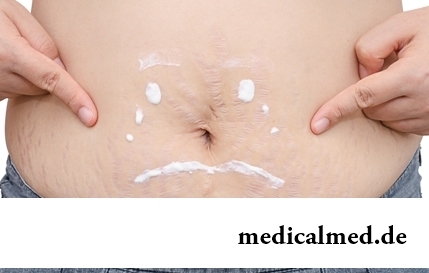
Striya (extension) are the defects of skin having an appearance of direct or wavy strips from 1 to 10 cm long and 1-5 mm wide. In most cases at women of a striya are located on a stomach, hips, a breast or buttocks. At athletes they can appear on shoulders and the internal surface of forearms. At initial stages of development of an extension have red or lilac color, but over time their coloring turns pale, and strips become whitish, getting a nacreous shade....
Section: Articles about health
Each person has easy indispositions which he transfers "standing", trying not to ask for medical care. Argu...
Section: Articles about health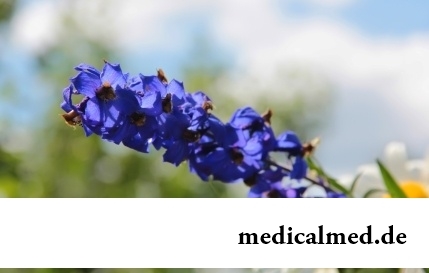
It is impossible to imagine human life in which there would be no plants. Practically in each apartment and any production room there are window plants, millions of people with pleasure are engaged in gardening and truck farming, many citizens пр...
Section: Articles about health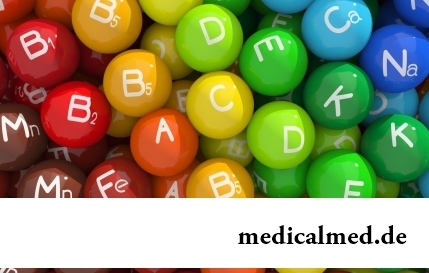
Vitamin complexes belong to the most popular drugs, probably, in our country there is no person who was not hearing about advantage of vitamins and never their accepting. The more vitamins, the better, we consider and as it appeared, cruelly we are mistaken. Whether vitamins, whether so harmlessly general hobby for polyvitaminic complexes and whether it is possible to do without them are so useful? Let's try to understand....
Section: Articles about health
We live during an advertizing era. Daily each person receives a solid portion of persuasive councils about what to eat to be здо...
Section: Articles about health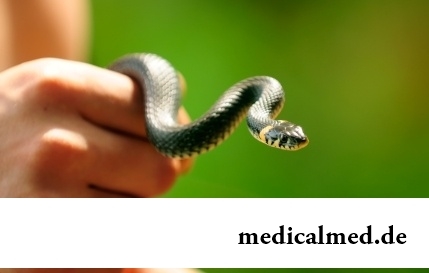
Health and attractiveness - eternal values, pursuing which people often use the most unusual ingredients and technicians. Let's consider 11 most exotic and sometimes not most pleasant Spa procedures to which the person in a pursuit for beauty agrees...
Section: Articles about health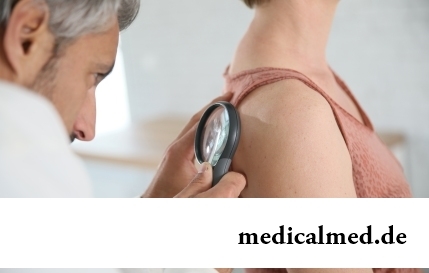
Scientists have no unambiguous opinion on a proximate cause of emergence of a carcinoma cutaneum today. Only the factors promoting development of this illness are precisely established. Treat them: long impact on skin of ultraviolet rays, radiation exposure, thermal injuries, injuries of skin by aggressive chemicals (pitches, acids, alkalis, etc.), genetic predisposition (existence of malignant new growths of skin in the family anamnesis), at...
Section: Articles about health
The Genetically Modified Organisms (GMO) are plants or animals (as a rule, agricultural) in whose genotype...
Section: Articles about health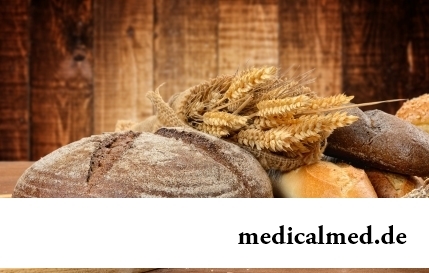
There is an opinion that at low temperatures safety of products is ensured longer and better thanks to what the refrigerator is considered the most suitable place for storage of food. In most cases it is fair, however there is a number of products, for a kotor...
Section: Articles about health
Deciding to get rid of an addiction, not all imagine what effects it is necessary to face. Process of refusal of smoking causes quite essential discomfort in most of people: differences of mood, a sleep disorder, fatigue, decrease in physical and intellectual activity and a number of other symptoms reducing quality of life. Abstinence can be strong: an essential part of attempts comes to an end leaving off smoking failure, and people are returned to the use of cigars...
Section: Articles about health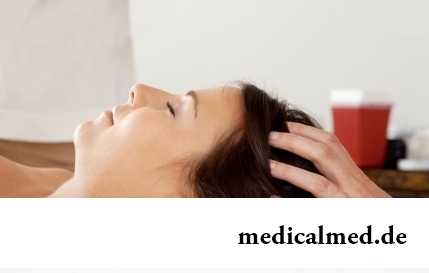
On the head of the person about one million hair follicles, or as they are called still, hair bulbs are located. At the moment he is born...
Section: Articles about health
Dark circles (bruises) under eyes – a shortcoming with most of which often fight against the help of cosmetics (proofreaders, saloon procedures and so forth), eliminating only its visibility. However, according to doctors, skin around eyes – the indicator of many disturbances in an organism...
Section: Articles about health
Residents of big cities quite often have a disease which is known as the syndrome of chronic fatigue (SCF) today. This illness affects the people belonging to various social and demographic groups and living on all continents. Most of all SHU are subject women aged from 25 up to 45 years. Statistically, the number of cases fluctuates in the different countries from 10 to 37 people on 100 thousand, but specialists believe that these figures are significantly underestimated as people, страдающ...
Section: Articles about health
